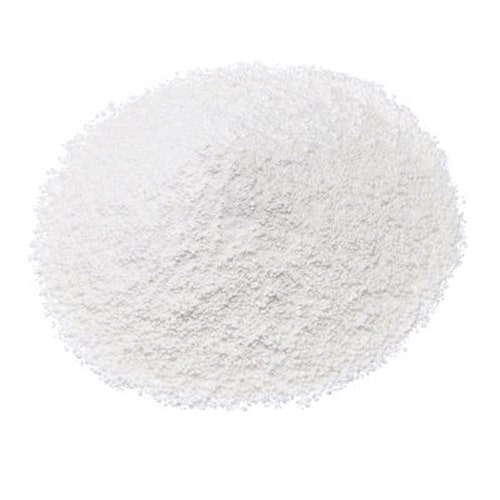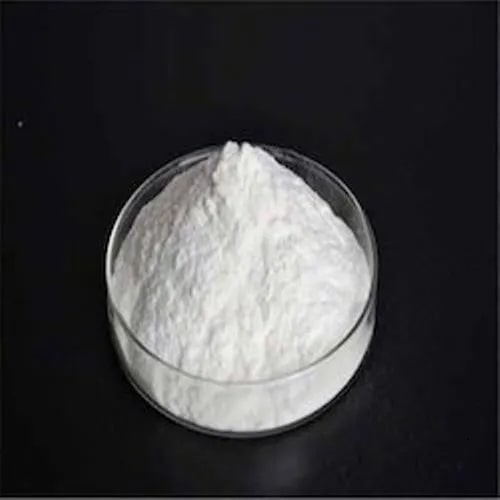CAMBRIDGE, Mass.--(BUSINESS WIRE)--bluebird bio, Inc. (Nasdaq: BLUE) announced new data from patients in Group C of its ongoing Phase 1/2 HGB-206 study of the company’s investigational LentiGlobin™ gene therapy in patients with sickle cell disease (SCD) today at the 60th Annual Meeting of the American Society of Hematology (ASH).
SCD is a serious, progressively debilitating and life-threatening genetic disease. SCD results from production of abnormal sickle hemoglobin (HbS), which leads to sickled red blood cells (RBCs) and hemolysis.
"After patients with sickle cell disease were treated with LentiGlobin they began to produce gene-therapy derived HbAT87Q, which was associated with lower levels of sickling hemoglobin, the type of hemoglobin that damages red blood cells," said David Davidson, M.D., chief medical officer, bluebird bio. "These clinical findings were consistent with results in newly developed exploratory assays used to evaluate patient samples that demonstrated reduction of HbS in most red blood cells, and a reduction in sickling comparable to sickle-trait, suggesting the potential for LentiGlobin to fundamentally improve the underlying red blood cell pathology responsible for the clinical consequences of sickle cell disease."
Many patients with SCD live with severe anemia and vaso-occlusive events which include severe, recurrent pain crises that lead to organ damage and shortened life span.
"Before receiving treatment with LentiGlobin, patients in this study experienced frequent vaso-occlusive events, which is not uncommon for people living with sickle cell disease," said John Tisdale, M.D., National Heart, Lung and Blood Institute, Bethesda, Md. "At nine months post-treatment with LentiGlobin, no vaso-occlusive events had been reported. By understanding the potential correlation between levels of HbAT87Q and clinical outcomes that cause the most significant burden for patients, we will be able to better characterize the potential benefits of LentiGlobin for people living with sickle cell disease."
HGB-206: Phase 1/2 Study of LentiGlobin for Sickle Cell Disease
HGB-206 is an ongoing, Phase 1/2 open-label study designed to evaluate the efficacy and safety of LentiGlobin gene therapy for the treatment of adults with SCD. A total of nine patients were treated with LentiGlobin in Group C in HGB-206. As of the data cut-off of September 14, 2018, data was available for seven patients who were at least three months post treatment.
A refined LentiGlobin manufacturing process intended to increase vector copy number (VCN) as well as changes to improve engraftment of gene-modified stem cells, was used for Group C. Group C patients also received LentiGlobin gene therapy made from hematopoietic stem cells (HSCs) collected from peripheral blood after mobilization with plerixafor rather than via bone marrow harvest.
HGB-206: Group C Efficacy
In patients who were six months post treatment (n=4), the production of gene therapy-derived hemoglobin, HbAT87Q, ranged from 4.8 – 8.8 g/dL and were comparable to or exceeded the levels of sickle hemoglobin, HbS. These patients did not receive a blood transfusion during this time and had total hemoglobin ranging from 9.9 – 13.7 g/dL at their last visit.
No vaso-occlusive events were reported as of the data cut-off (up to nine months post treatment with LentiGlobin). In an exploratory analysis, key markers of hemolysis, including reticulocyte counts, lactate dehydrogenase (LDH) and total bilirubin concentration had decreased compared to baseline.
To help assess the distribution of HbAT87Q in the red blood cells, bluebird bio has developed an antibody that recognizes βS, the protein present in HbS.
Using this antibody, the amount of βS was measured in the red blood cells obtained from healthy donors (βA/βA), sickle cell trait donors (βS/βA) and patients with sickle cell disease (βS/βS). Clear and distinct distribution of βS was observed in these control samples, with highest expression in the βS/βS samples, followed by βS/βA and no expression of βS in the healthy donor (βA/βA) samples.
Initial results from two patients treated with LentiGlobin gene therapy, who were nine months post treatment, showed that nearly all their red blood cells had lower amounts of βS than the βS/βS and the βS/βA control samples. Given that these patients were no longer receiving any blood transfusions, this suggests βS expression was reduced in these patients due to the production of HbAT87Q following treatment with LentiGlobin.
HGB-206 Safety
As of the data cut-off date, the safety profile of LentiGlobin remains generally consistent with underlying SCD and myeloablative conditioning. A serious adverse event (SAE) of myelodysplasia syndrome was reported in a patient who received LentiGlobin approximately three years ago in Group A of the Phase 1/2 HGB-206 study. Analysis of the patient’s cells showed no evidence of vector mediated insertional oncogenesis, and the independent data monitoring committees, along with the treating physician, agreed the SAE was unlikely related to LentiGlobin gene therapy.
About LentiGlobin in Sickle Cell Disease
LentiGlobin is a one-time gene therapy being studied as a potential treatment to address the underlying genetic cause of sickle cell disease (SCD), which could increase the production of normal hemoglobin.
bluebird bio’s clinical development program for LentiGlobin includes ongoing studies around the world with sites in Australia, Germany, Greece, France, Italy, Thailand, the United Kingdom and the United States. For more information visit: https://www.bluebirdbio.com/medical-professionals/our-clinical-trials/.
In addition, bluebird is conducting a long-term safety and efficacy follow-up study (LTF-303) for people who have participated in bluebird bio-sponsored clinical studies of LentiGlobin for transfusion-dependent β-thalassemia (TDT) and SCD.
The European Medicines Agency (EMA) previously granted Orphan Medicinal Product designation to LentiGlobin for the treatment of SCD. LentiGlobin is also part of the EMA’s Adaptive Pathways pilot program, which is part of the EMA’s effort to improve timely access for patients to new medicines.
The U.S. Food and Drug Administration (FDA) also granted LentiGlobin Orphan Drug status, Fast Track designation and Regenerative Medicine Advanced Therapy Designation for the treatment of patients with SCD.





 ALL
ALL Pharma in China
Pharma in China Pharma Experts
Pharma Experts Market News
Market News Products Guide
Products Guide Brand Story
Brand Story























 Pharma Sources Insight January 2025
Pharma Sources Insight January 2025








